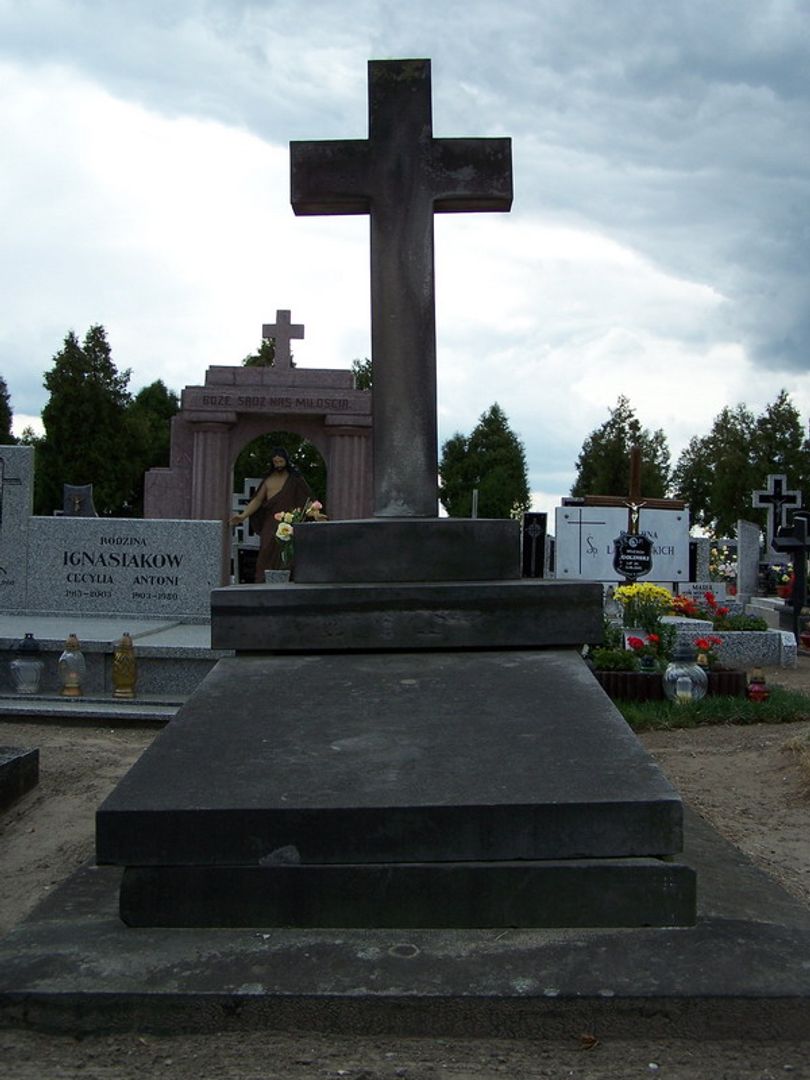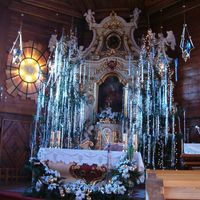Dobrzyca
6.84

Overview
Dobrzyca is a town in Poland, located in the Greater Poland Voivodeship, within Pleszew County, known for its rich history dating back to Roman times. The settlement developed at the crossroads of trade routes and was granted town rights in 1440 by King Władysław III of Varna. The town's history has been shaped by its strategic location and economic prosperity, driven by the organization of markets and fairs, which contributed to its wealth. Dobrzyca was home to numerous crafts, including milling, baking, butchering, and woodworking. In the 18th century, a fire destroyed part of the town, but it was soon rebuilt, leading to architectural development, including the construction of the wooden Church of St. Tekla in 1778 with Rococo furnishings and the neoclassical Gorzeński Palace, surrounded by an English-style park, which now houses the Museum of the Landed Gentry in Dobrzyca. After World War II, the cooperative movement flourished, and in 1990, the Society of Friends of the Dobrzyca Land was established to promote local history and culture. Dobrzyca also attracts tourists with its parks and natural attractions, including one of the largest plane trees in Poland and the Avenue of Plane Trees. In 2014, the town regained its municipal rights, marking the first such case in the 21st century in Greater Poland. Dobrzyca is also home to the Rifle Brotherhood, which has been active since 1802, promoting local traditions and culture. Although small, the town boasts an exceptionally rich history and architecture, making it an interesting destination for exploring and learning about local traditions.
Location
You can also find here:
2025 Wizytor | All Rights Reserved

